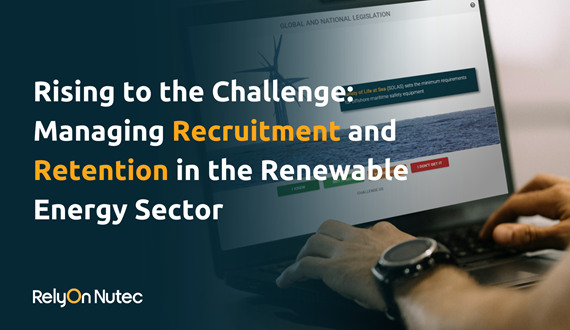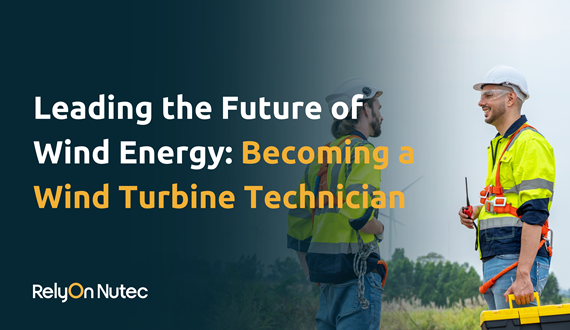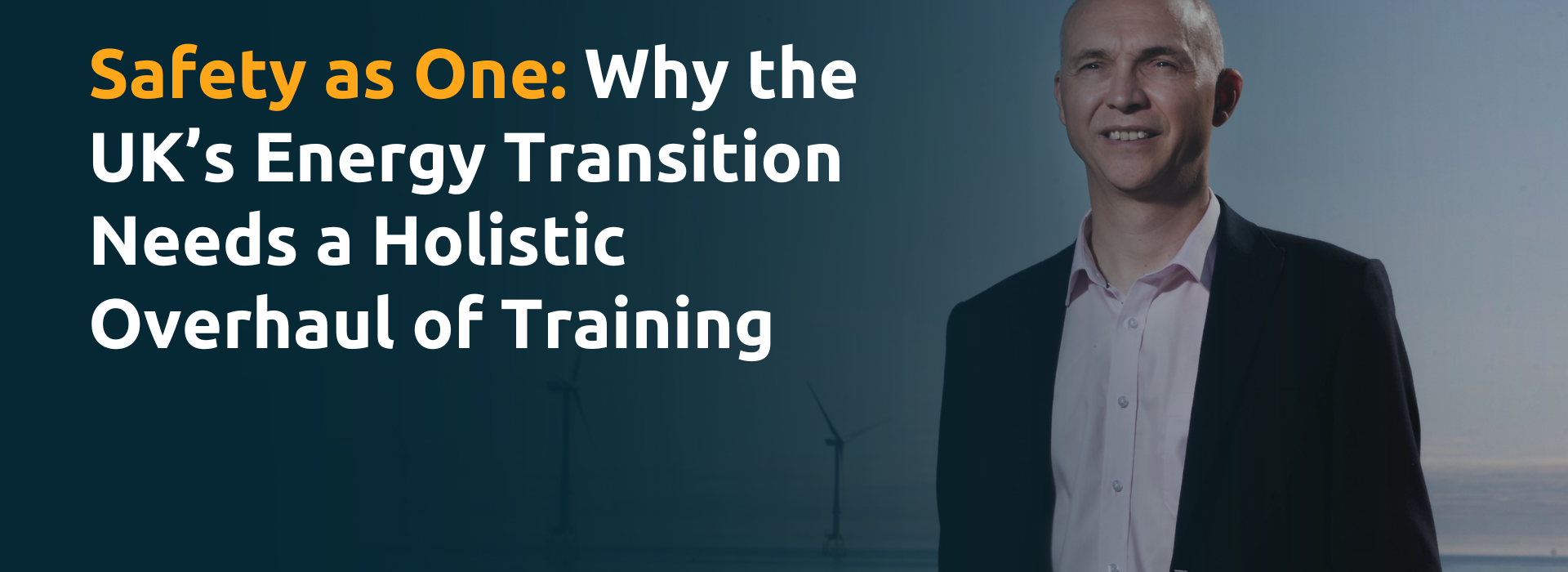Ok
The emerging energy skills gap is no secret, with a projected 200,000 jobs to be created in clean energy in the coming years, building a workforce for the future is a hot topic for many. While there's a lot of focus on the need for a growing workforce, it raises questions about the standards required and how we align these, but one thing’s for certain, training and standards will be crucial.
For over seven decades, oil and gas has been leading the way in safety and industrial processes and has been a significant economic contributor. So, it is a given that we would lean on this expertise in emerging sectors like CCUS and hydrogen, but upskilling and relying on an existing work force will not be the catch-all solution some people hope.
Better alignment and standardisation of training and competencies associated with these industries will improve safety, increase efficiency and ensure a more compliant workforce for cross-sector working. Now is the time for the energy industry to fly the flag for greater collaboration to avoid complicating standards for all.
The wind transition: what have we learned?
The UK’s offshore wind sector is maturing quickly and there’s lots we can learn from its initial growth. One thing’s clear, the workforce must be considered from the get-go. If it’s not factored into initial stages, operators risk their planning, construction and operations expectations being wasted as personnel supply just cannot keep up with demand. With hindsight it is now clear that competing inconsistent standards create significant cross over in skills, but not a universal approach that makes evaluating employee’s competency and skills easy or efficient.
Having said this, we also mustn’t fall foul of comparing two transitions which aren’t like for like. The initial boom in wind was largely driven by the oil and gas downturn, and the motivation to generate more profitable energy. Now, with increasing energy security concerns and stable, well paid jobs in oil and gas, there isn’t as much desire from the current workforce to transition to cleaner energy. Those who did have already moved from fossil fuel to wind, so standardising training for the small pool that is available will mean highest utilisation. We can look back on wind and the lessons learnt, but we need to think ahead to how we can do better as new subsectors emerge.
For the employer and the employee
The lack of consistency in training and certification programmes across different organisations and sectors can lead to skills gaps, inconsistencies in knowledge, and unsafe practices. Additionally, the lack of clear standards can make it difficult for companies to evaluate employee competence and ensure compliance with regulations.
As such, it’s imperative that the industry – and its emerging - work together to establish clear, training and competency standards that are applicable across the board, ensuring that everyone working in any area of the energy sector has the same level of knowledge of core or transferable competencies and skills required to perform their jobs safely.
Standardisation in practice
But what does training and competency standardisation look like in practice? With an average age of 56, we can’t look solely to the existing industry workforce to power the transition; the skills development of a new workforce that has the appetite to work in renewables will be the driving force behind clean energy.
Due to education budget cuts amongst further education colleges, there is a growing reliance on training providers and employers to finance and deliver effective training for the emerging workforce.
What’s becoming clear is that the siloed way of working that the industry is used to is not the most effective. In actual fact, a successful industry standard for core, transferable competencies, such as working at height or electrical skills, which allows the workforce to work across sectors without knowledge gaps and gives employers confidence, will be key.
Looking ahead
In the face of growing renewable sectors, it’s important we align standards and training requirements. We can learn a lot from our oil and gas history, and our experience with transitioning to wind. Despite the differences, these industries have a great deal in common - they are high-risk environments and require skilled personnel to operate both safely and efficiently.
There is significant room for improvement. We’re expecting to see a whole new alphabet of standards arise for working in hydrogen and CCUS, for example, and it’s time we got it right from the start.
The industry needs to approach training with a safety as one mindset – offering a way of working that instills confidence, and ultimately benefits everyone; from the school-leaver making their way in the industry, to the corporate conglomerate trying to avoid fines and increase efficiency.
Next read
-

-

-
 Article 14. June 2024
Article 14. June 2024 -

Ensuring Safety and Efficiency: IRATA Rope Access Training for a Safer Work Environment
In industries such as oil & gas and renewables, where accessing challenging locations is common, rope access methods provide a safe and efficient solution. These methods offer technicians a secure means of navigating heights and restricted areas while minimizing environmental impact. However, proficiency in rope access requires proper training and a globally accepted safety education.
Article 4. June 2024 -

Polaris Sells RelyOn Nutec to Mubadala Capital
The acquisition, part of Mubadala Capital’s flagship Private Equity Fund IV, strengthens the asset manager’s footprint in the business services sector.
Article 24. May 2024 -

RelyOn Nutec Acquires Electrical Training and Consultancy Specialist Quercus Technical Services, Fast-tracking European Electrical Capability Build
Effective May 21st, RelyOn Nutec has acquired Quercus Technical Services BV, one of the largest specialist electrical safety and skills training organizations in the Netherlands. The acquisition of Quercus bolsters RelyOn Nutec’s position in the electrical training market and accelerates its European roll out.
Article 22. May 2024 -

-
 Article 2. May 2024
Article 2. May 2024
